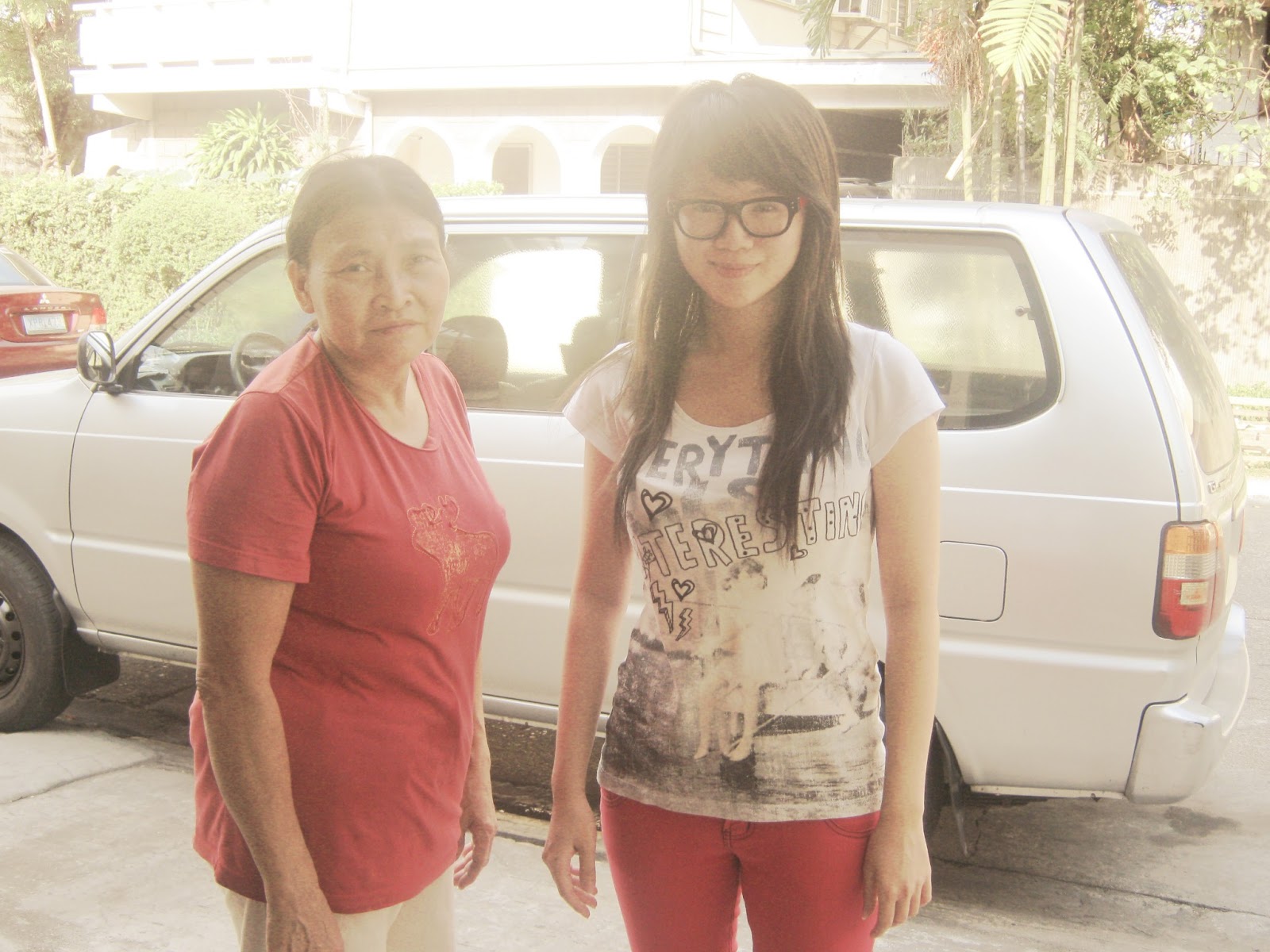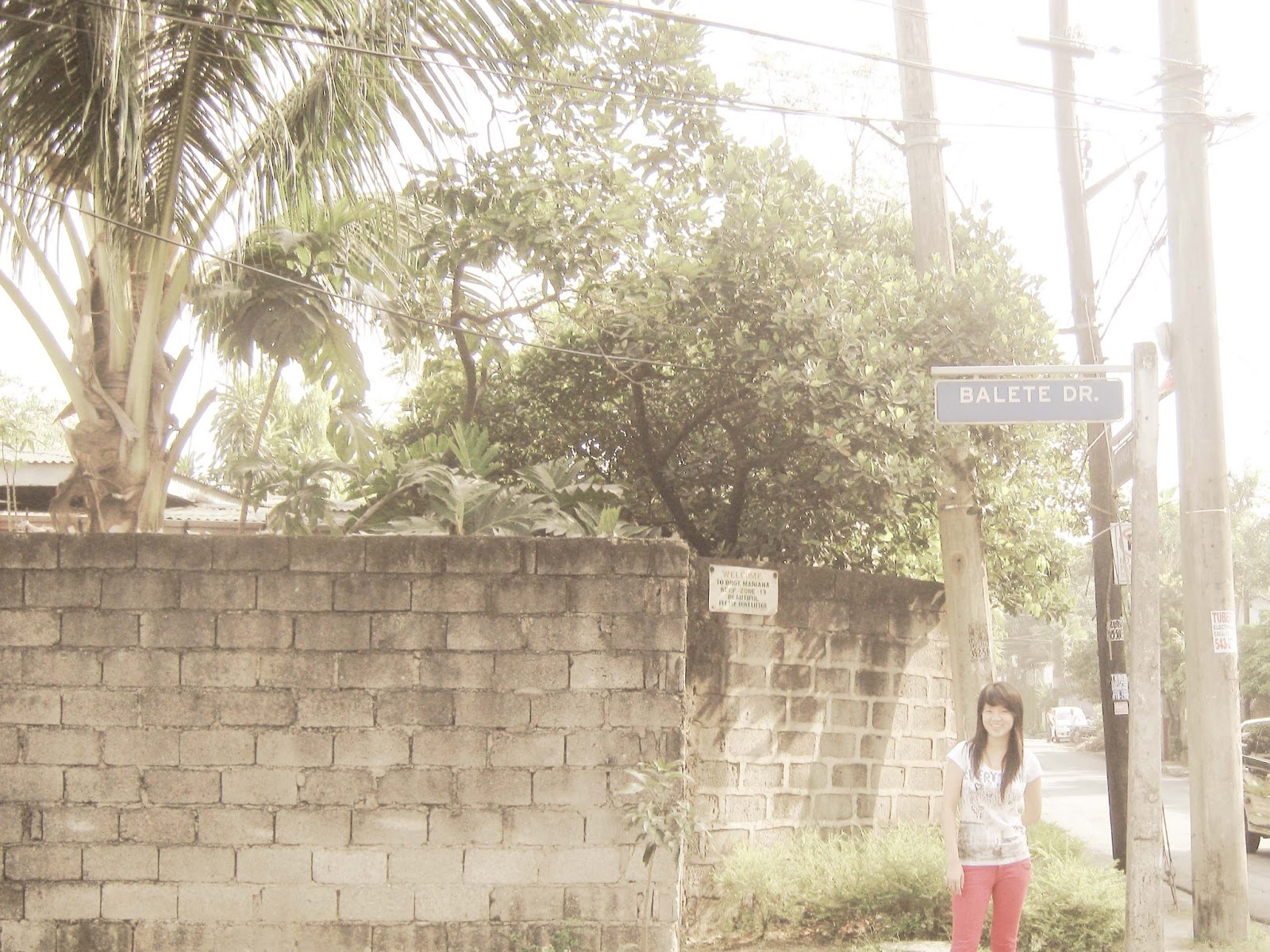Member: Prelel Yu
Section: SA21 T
Strategy: Proximity



Chatting up the locals
In selecting the people whom I would interview, I must admit that I was a bit stereotypical on the social stratification. I had in mind that people belonging to the middle class have more time and chances to go out and explore their local area as compared to those of high class.
As you can see, I chose Ms. Remy and Mr. Noel. I had a difficulty asking them about the areas of political, economic and tourist spots are in Quezon City since I found it hard to translate the questions to Tagalog. The most difficult part was probably when I was asking about the economic areas. It was a relief that they easily answered my questions when I asked them how to get to the other places that I was tasked to go to.





Visiting the Church
So according to the locals I interviewed in the first task, these churches were the nearest in proximity. Luckily, they weren’t far apart from each other. I was tasked to note the differences among the three churches I visited. What I noticed was the difference in the structures and the patron saints but it was probably because two of them were Catholic churches and one was a Protestant one. Two of the churches, namely the one in Grace and Lourdes, had a majority of student church goers since both of them were located near schools.
What was interesting with this task was that when I was taking pictures of the church in Lourdes, a couple of tricycle drivers asked me what I was doing and I told I was taking photos for a project in school. Having heard that, one of them asked me if I could take their picture and I, of course, happily obliged.
What was interesting with this task was that when I was taking pictures of the church in Lourdes, a couple of tricycle drivers asked me what I was doing and I told I was taking photos for a project in school. Having heard that, one of them asked me if I could take their picture and I, of course, happily obliged.

Where does your food come from?
I didn’t realize that most of the products sold in our local market was produced locally, I always thought that majority of those were imported from other provinces. Most of the produce they were selling were actually vegetables but there some poultry being sold.

 Cooking up some local dish
Cooking up some local dish
Okay this guy from the previous task photobombed me, I didn’t realize he sat behind me while the picture was being taken. Anyway lucky for me that the public market I chose had a lot small stalls serving local dishes. This really saved a lot of time since I had no idea where to find a place like that. So according to the lady in charge, the squash and sitaw dish was a local dish. I asked her what was the cultural significance of the dish (well at least I tried to translate that in Tagalog), she answered that basically it’s significant because it is a healthy dish.

While the picture above was being taken, a truck passed by and passenger told me “Say Cheese!” So according to the two people I interviewed, Balete Drive was a haunted place. I asked them if they knew more haunted places in Quezon City, they answered that they only knew about Balete Drive.




Art appreciation



This is me standing in front of the UP Vargas Museum. There were no local artists around when I visited museum but the guy in charge was friendly as well. He asked what the visit was for, I responded by saying it was for a project and he said a lot of students came there for projects.
I thought that what sets the paintings I saw apart from European or American art is that the paintings were based more on Philippine Culture. Some of them portrayed the kind of poverty found in the Philippines.
I thought that what sets the paintings I saw apart from European or American art is that the paintings were based more on Philippine Culture. Some of them portrayed the kind of poverty found in the Philippines.



Checking out the past
There were a couple of people milling around when I went to the Eternal Chapel Memorial, but they were probably the people who were the tended the cemetery. They asked me what I was doing and I told that about the project and they helped me find areas with graves where you could easily read the writings.
The decade with the highest mortality was 1991-2010. I think it was due to urban deaths. Since everything was already industrialized during that decade in Quezon City, I think the amount of pollution affected the health of the people. It could also possibly be due to the population boom. So more people going to cities such as Quezon City means more people while more people equates to more death. I also noticed the names I gathered were mostly Filipino names and a handful of Chinese names.
I also noticed that a certain extent of social inequality was evident in the placement of the coffins. The high class had a small house towering over where the said coffin was buried or placed. The middle class had the coffins above the ground and extra space around the coffin while the lower class had the coffins buried beneath the ground and were placed close to each other.
- Prelel Yu
No comments:
Post a Comment